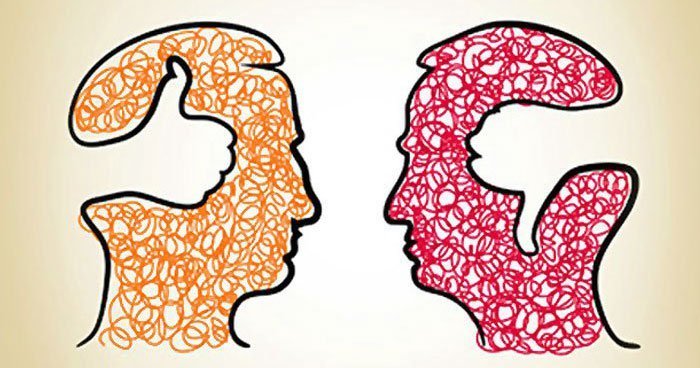By Joe Busuttil
Many businesses today recognise that building an open and inclusive workplace that embraces the rich diversity of Australia is more than just a good look: it’s also good business.
Simply put, diverse workplaces that better represent the rich diversity of Australian life are more innovative, adaptable, innovative team with a better understanding of a broader range of consumers, helping you lead the way.
A diverse workplace is also a great way to boost morale, with research by not-for profit group the Diversity Council Australia finding that 75% of Australian workers support, or strongly support, their organisation fostering a diverse and inclusive workplace.
It makes sense that we should strive to engage the strongest team possible, drawing from a broad pool of prospective employees across races, class, gender, age, physical ability, religious, sexual orientation and other groupings.
With this in mind, while we may identify as socially progressive, even the most open-minded amongst us has to keep our guard up for unconscious bias when it comes to finding the best person for your team.
What is unconscious bias?
Our brains have basic tools ticking along in the background that help us to make a raft of decisions quickly and instinctively, based on our learned experience. Dating back to our earliest survival instincts, we make these unthinking judgement calls on a day-to-day basis, and that includes our reactions and responses to other people.
This is unconscious bias. It’s a technique we learn early in life, instilled by our parents, teaching us to stick to who and what we know best to keep us safe. But we also pass on unhelpful learned behaviours, like celebrating boys for being loud or rough and tumble while insisting young girls keep quiet and listen.
In the workplace, these early lessons can manifest as seeing a dominant male figure as commanding respect, while similar attributes in a female employee may be seen as negative, as too bossy.
These micro-judgements also occur at the recruiting stage, with stats showing that prospective employees with non-Anglo names are less likely to be called in for an interview.
During the interview, all sorts of factors from accent, to mannerisms, to attire, to weight can trigger unconscious biases, making it less likely for them to be employed. The same triggers can also hold current employees back from promotion.
How can we guard against unconscious bias?
Honesty is the first step to protecting against unconscious bias. Acknowledging that we all make these instinctive decisions regularly, and not reacting defensively, is a powerful start.
This Harvard University’s Implicit Association Test is a great online tool for identifying unconscious bias.
Once you’re aware of the unconscious stereotyping in your own toolkit, you can deliberately mitigate against these snap decision-making ticks.
It also helps you double-check the language used in your corporate communications, for instance saying ‘he or she’ instead of using ‘he’ as standard.
Recognising these instincts in yourself and actively countering them puts you in a much better position to have that dialogue about unconscious bias with co-workers.
Helping them recognise and guard against their own unconscious biases leads to a more truly open and welcoming workplace, and that feeds back into your employment practices.
Make sure, when you advertise a new role, that the wording does not inadvertently favour one group over another. Consider assessing applications with no identifying name, photograph, ethnicity or gender labelled.
The benefits of building a happier, more diverse workplace will begin to flow once your businesses’ employment net is broadened, leading to a more effective team with a better understanding of the rich diversity of of Australian life.
